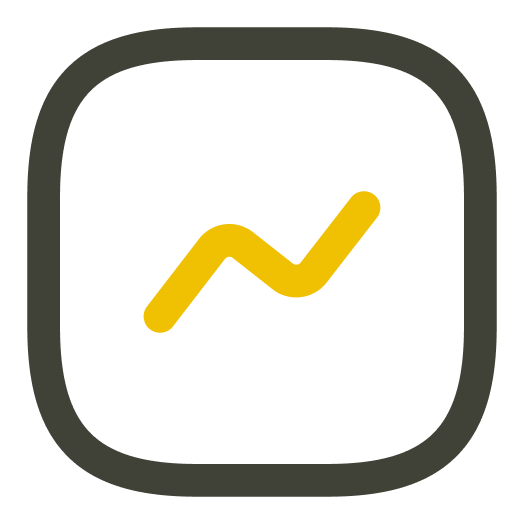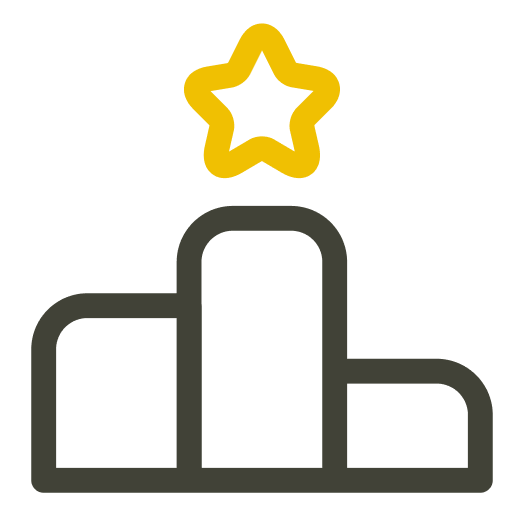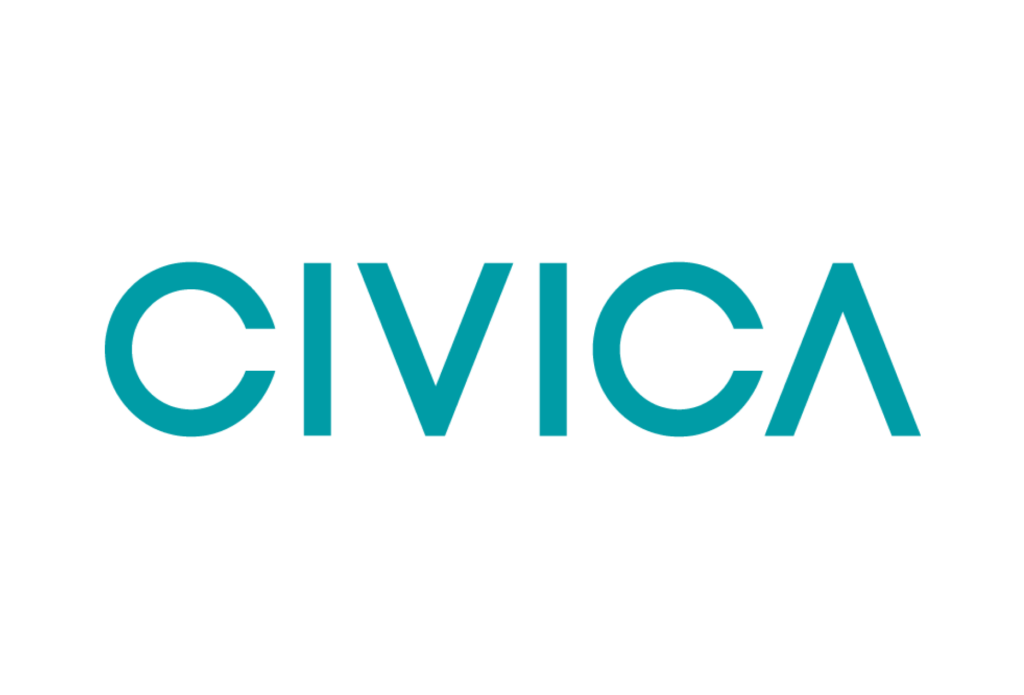Challenge & Research Goals
Just a bit over two years ago, Booksy had limited investment in UX research, with only one researcher on the team. When the research department started to expand, the need to build a good research toolkit became evident.
Rachel Grabner, UX Researcher at Booksy, explains, that they were specifically looking for a tool that could offer them a variety of features, but with a big focus on usability testing:
Basically there wasn't anything other than some Google suite and some very basic tools, and we knew that we would certainly need a tool for usability testing.
We wanted something that could help us capture user behavior and would have a good variety of tools within that one product. We’ve tested some other tools, but we realized that it wasn't going to work well for us because it required the users to download.
With UXtweak, they didn't have to download anything. That was very important to us.
Rachel mentions, that the main goals at the moment were to jumpstart their research activities and be able to understand what problems users are facing with the product, to test and iterate on those quickly.
Solution
UXtweak successfully integrated into Booksy’s design process and is now used to conduct research on a regular basis. According to Rachel, it comes in as soon as they have the concept or the prototypes ready.
The research team is using the tools to test new features, pages or design iterations and quickly make any needed changes before another round of testing.
Rachel highlights, that they mostly use the software during their rapid prototype testing sessions and for occasional preference testing.
Iterative prototype tests for quick user behavior insights
Rachel explains, that prototype usability testing is the method they use most often, usually in combination with the RITE method (Rapid Iterative Testing and Evaluation):
Rapid iterative testing fits really nicely with the usability testing in here, both in terms of bringing our own users as well as recruiting from the user panel. We can work very quickly to gather some data, analyze it, and rework any of the prototypes to quickly get another round of testing going.
That’s what we do the most. It fits nicely in sprints, and we can get those data and iterate really fast.
Rachel also highlights that they design in Figma and being able to set up a test by just sharing a link to the prototype really streamlines their workflow:
We test with Figma, I love how seamlessly integrated that is with the Prototype Testing tool
Understanding users’ perceptions through preference testing
Apart from usability testing, Booksy’s research team also uses the Preference Testing Tool to help UX Designers and Product Managers to better understand which designs feel more intuitive for the users:
Most recently, we were looking at making some changes in the app and wanted to really get a better feel of what was clearest to people and which direction to take.
It's hard to frame preference tests the right way. You know, we’re not asking: Which design do you prefer?, but: Which is clearer to you?
So we have to make sure that they're actually giving us the information we need, which can be difficult.
Rachel highlights that the preference test findings were quite surprising and very different from their initial assumptions:
We tested a couple of different designs there, and actually, our findings were fairly surprising. They were not aligned with what we thought, but then again - we are not our users.
We got some nice insights. We could have a good statistically significant sample and then use that to move into some further testing or just kill the idea completely.
Outcome
→ From usability testing 💻
According to Rachel, rapid testing they perform with the help of Prototype Testing Tool helps them to pinpoint specific problem areas in designs, do it fast and be able to iterate quickly.
She also highlights the efficiency of recruiting participants from the User Panel for this specific method.
I can recruit just a couple of participants very quickly, have them test the prototypes. We then iterate within a couple of days, make those changes, get the next round of participants, unique participants, and test that again on another round.
By rewatching the recordings of participants interacting with the prototypes Rachel and her teammates are able to understand where users get confused, what works and what doesn’t:
The screen recordings are super helpful. We can see where people are clicking, what they think they're supposed to do.
I love to be able to watch back and see what people are doing, hear them thinking aloud, talking themselves through the process. So, I use those data a lot as opposed to the numbers necessarily. Being able to put that all together is very helpful. To be able to say: Here's exactly where people are getting really tripped up.
Rachel explains, that the qualitative data they collect have also been very helpful in validating their assumptions and understanding user behavior beyond predefined metrics:
We now have data to show that, for example, here's where users think that they're supposed to go, but here is where we want them to go. We always have this idea in our head of how we want people to accomplish the task, but there are multiple ways to do it.
So, even if we set it up as the right path, and it looks from the metrics like the right path, often even if users have not completed the task correctly, they really have.
It's been helpful to be able to show PMs and the UX designers how people are thinking about it. Like, yes, here's what's correct, but here's what people are actually doing. Does this mean that we need to change it at all, or are we just okay with this flow?
Because they are getting there, and it's easy, and they're talking about how intuitive it is.
The tools also help the team to figure out whether issues they encounter are related to the flow of their product or just require a little extra guidance for first-time users:
It's been helpful for us to parse out, is this a flow issue, or do we just need to add a little question mark and a hint in there for people who are using something for the first time.
Rachel also highlights that it’s been very easy for them to double-check any tweaks that they make between different rounds of usability testing. They have the data to prove that, for example, people are doing better with the second version than they did before they made these changes.
→ From preference testing 👍👎
Rachel also explained the great value they get from the preference testing insights, using a specific study as an example.
According to her, it was a huge win for their team, because they were able to show stakeholders why certain designs were clearer than others, proving their claims with user data.
There were a lot of stakeholders involved in this preference test, and we needed to know which set of designs was the clearest to users. We asked simple questions, like, which design is clearer to you?, and some follow-up ones.
But we were able to show stakeholders that while our own opinions about the designs varied, and some of us really liked the new versions, users were a lot more comfortable with the clarity the older designs provided.
And the statistical significance was there. People were a lot more comfortable with the design that we didn't think that they would prefer.
Rachel highlights that this type of data-based approach really helps them save the time and money on creating something that users don’t need:
For me, I think a large part of my wins are being able to say: Don't waste your time. Don’t waste the time on developing, designing and totally changing all of this. In this case, using a preference test in combination with other data we had was incredibly helpful.
It's great when we can validate and clearly show through the data: This is what's happening. So we don't want to spend more resources on that. That frees us up to focus on areas of greater impact
Even more insights came out from the follow up questions they asked in the same study:
Some insights that came out because we were able to ask the follow-up questions that we weren't expecting. For example, when people thought one design was clearer than the other, they suggested that design could have been more inclusive, and they provided their own suggestions for how we could improve.
👉 Why UXtweak?
Rachel also gave kudos to our amazing Customer Success team:
The thing that I've been so impressed with about UXtweak, it the feeling like I'm comfortable and know the people who work there.
Anytime I have had to do something a little bit different, all I have to do is get in touch with your Customer Success Team and they’re able to help set it up for me. I know that I could not get that with a bigger company. Maybe I could, but it would just take so much work.
The feeling that it is a smaller company, but you have a lot to offer, and there is this really personal approach to it has just felt really good all along.
And emphasized the quality of the tools, together with some kind words about UXtweak, which we greatly appreciate 💛
And of course, the tools are quality. There's both the product itself, but then the people behind the product that I think really make it so good. And then it's good pricing.









